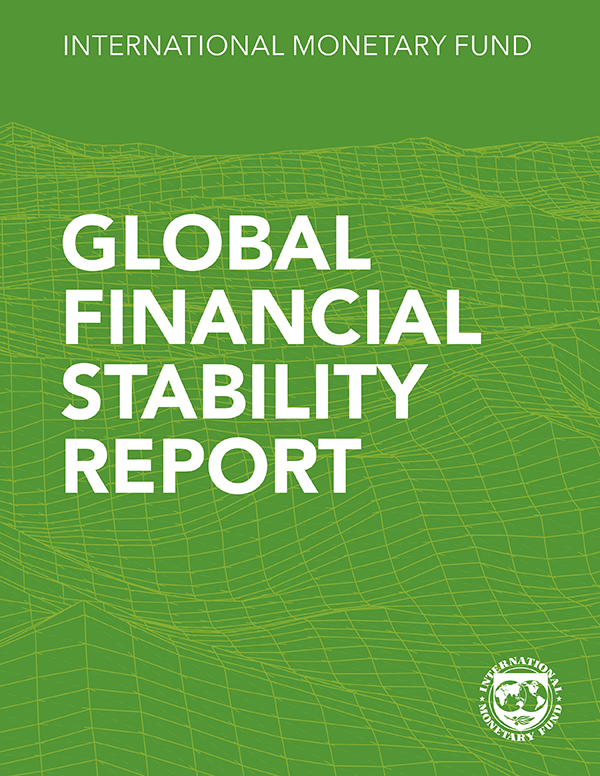Growth on Divergent Paths Amid Elevated Policy Uncertainty

Global economic growth is expected to continue on a downward trajectory, with projections indicating 3.3 percent expansion in both 2025 and 2026 – below the historical average of 3.7 percent between 2000 and 2019.
According to the October 2024 World Economic Outlook (WEO), the revised forecast for 2025 remains largely unchanged, thanks to a surprise boost from the United States, which more than offsets downward revisions in other major economies.
However, the outlook is clouded by concerns surrounding elevated policy uncertainty. While growth in the United States is anticipated to remain resilient in the short term, many other nations are facing downside risks due to uncertainty-laden policies.
The global inflation forecast paints a different picture, with headline rates expected to decline to 4.2 percent in 2025 and 3.5 percent in 2026. The convergence towards earlier targets in advanced economies contrasts sharply with emerging markets and developing nations still grappling with higher price pressures.
The medium-term risks still point towards a downside for the baseline, but a shift in focus highlights concerns over the impact of policy disruptions on the disinflation process. Disruptions could potentially derail the easing of monetary policies, affecting fiscal sustainability and financial stability as well.
To mitigate such risks, policymakers must strike a careful balance between inflation and real economic activity, bolster buffer capacity, and bolster growth prospects through structural reforms, enhanced multilateral cooperation, and strengthened global rules and coordination.
